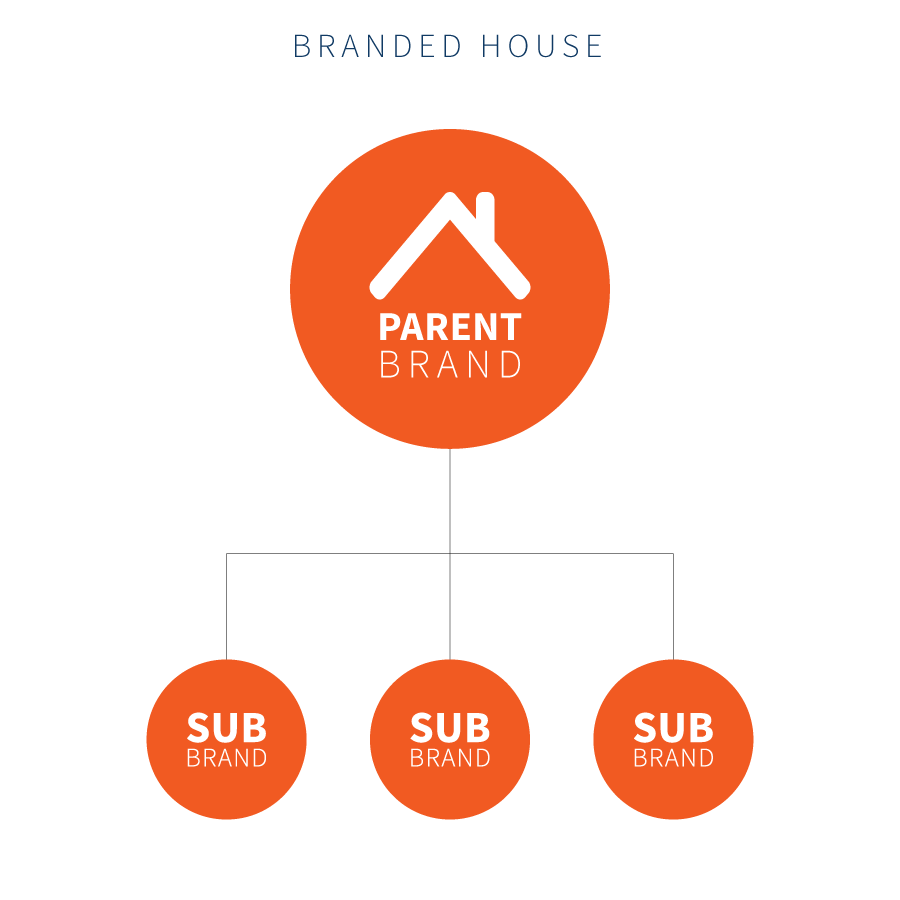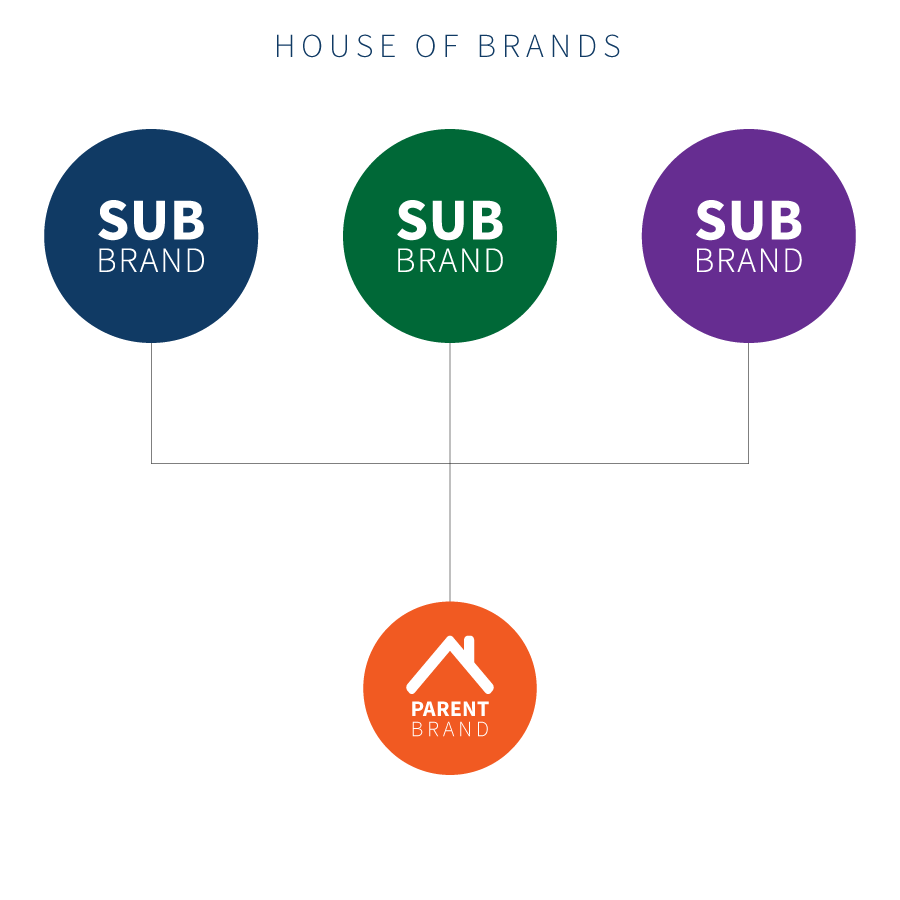Branding
Make Your Mark and Make it Memorable
The Secret to Branding Success
Branding in today’s business climate, where mergers and acquisitions and new product launches frequently disrupt the marketing landscape, is challenging. It’s more important than ever for marketers to understand the fundamentals of brand architecture prior to designing a clear branding strategy for your company and products. The implications reach far beyond brand names, brand identities and logos and brand taglines to achieve bottom-line results.
Building Your Brand Architecture
Brand architecture is the plan for structuring your company’s image. Most companies follow one of two common brand architecture models: House of Brands and Branded House. Often, complex organizations mix the two models.

In the Branded House strategy, the overarching company brand is the main source of identification. Examples of this architecture include Virgin and Apple, where diverse products are marketed under the company brand and draw their strength from it. Many smaller organizations use this strategy because concentrating resources into a singular brand is more economical and simpler.

With the House of Brands model, individual product or company brands have a strong presence, while the parent company brand is less visible. Examples include Proctor & Gamble (Tide, Pampers, Dawn) and Fortune Brands (MasterLock, Moen). Building multiple brands requires significant resources, including time, energy and investment. This strategy suits organizations with large marketing budgets and those offering products in different markets.
Which Model is Best for Your Brand?
Economics alone, however, shouldn’t dictate your strategy. It’s also important to consider the existing brand reputation, target market, products and goals. For example, when Toyota wanted to enter the luxury car market, instead of simply offering a new luxury model under the Toyota brand, it created an entirely new brand: Lexus. Separate brands (House of Brands model) enable distinct, independent identities.
Supporting Strong Brands
ADDITIONAL SERVICES | Brand Strategy Development | Logo & Visual Identity Design | Brand Messaging & Voice | Brand Guidelines Creation | Rebranding Services| Brand Experience Design
Stand Out From the Crowd
With Responsory, you’re not just getting a nice logo or eye-catching color palette; you’re getting a partner who understands your vision. We combine creativity with strategic insight and a touch of innovation to ensure your brand stands out in a crowded marketplace.
OUR DIRECT BRANDING℠ METHOD
FEATURED CASE STUDIES
Love Thy Neighbor Foundation Website and Brand Identity
See how a fresh brand identity and dynamic new website will help this Milwaukee-area nonprofit connect seniors with local resources.
Wolter Rebrand
With a strategic rebrand that includes a broad launch and a modern website, we consolidated eight sub-brands into a unified Wolter identity to streamline the material handling company's market presence and set the stage for its future growth.













